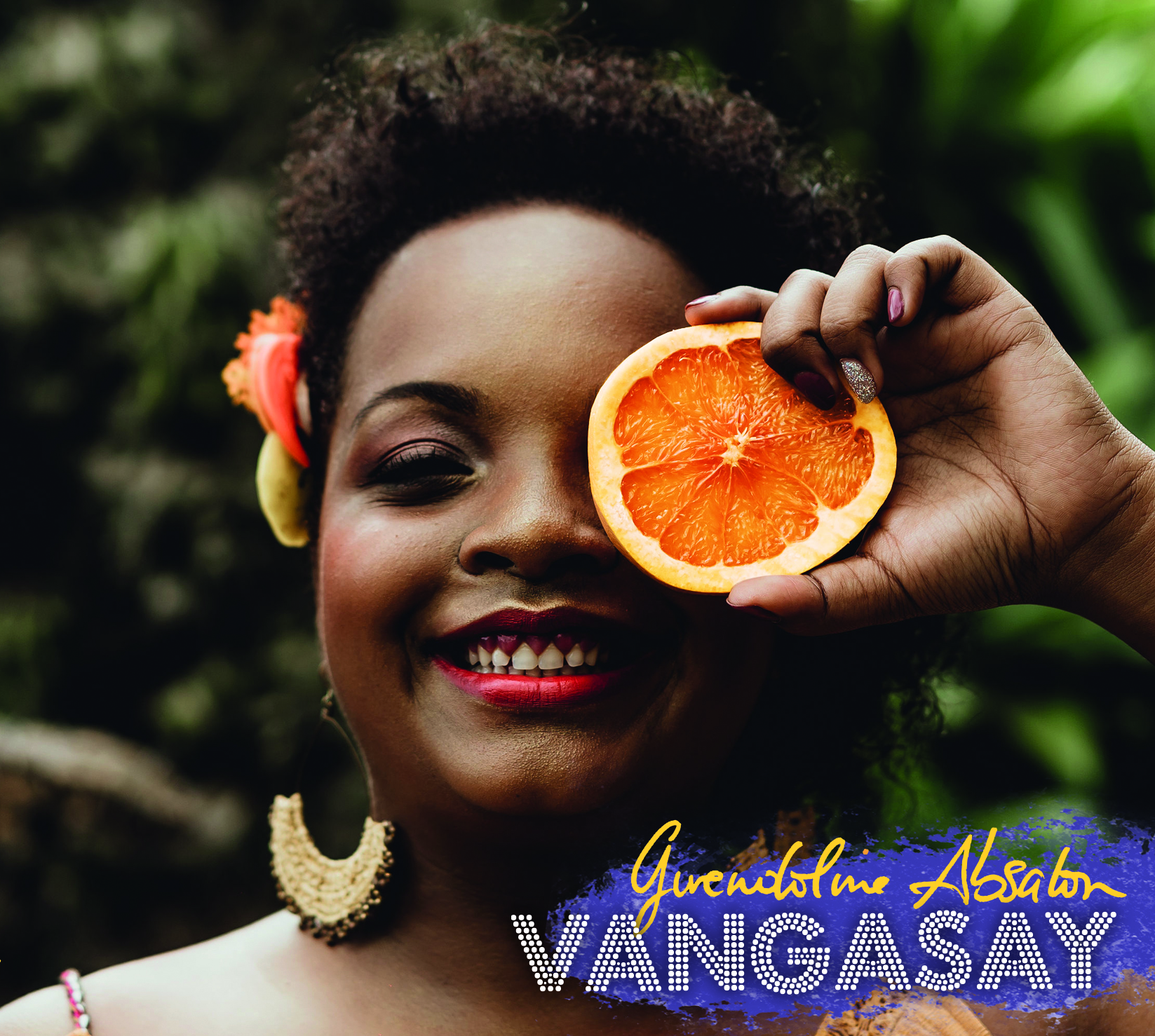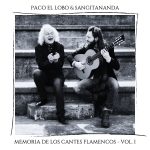Vangasay, singer Gwendoline Absalon’s second album is above all an initiatory and
vitalizing immersion into the island of La Réunion. Come closer: the warm and clear voice
of this young pathfinder invites everybody to assert their identity, in an astonishing Creole
poetry. Between pop and world-music, the musical arrangements by the pianist Hervé
Celcal, are not only a tribute to tradition but also a fountain of youth that perfectly serve
this upcoming artist’s philosophy.
With this second album embedded in La Réunion, Gwendoline delivers the fruit of her
own introspection: a world made of sounds, scents, wishes, consciousness and Creole.
She will chant to our ear the desire to create a link, in a masterful introduction-immersion
(Binda). We will encounter a paradox, an awareness of the island’s great vitality of
traditions (Modernité). A citrus-fruit with medical virtues will spread its virtuous sourness
throughout the world reminding us that one should maintain a bond between generations
(Vangasay). We will furrow towards Cape Verde with a reverence to the profound Cesaria
Evora (La Diva de la morna). On our way, a soul-groove from La Réunion will tell us about
healthy love (Fo pa kwrar). And finally, like two waves that meet, Maloya will embrace
Martinique’s Bèlè as a tribute to the “masters” (Béliya)…
Vangasay: a cure to enlarge our imagination
About a year ago, Gwendoline opens a French- Creole dictionary and comes across
“vangassaye” (vangasay in Creole) which designates some kind of citrus fruit, originally
from Vietnam and Madagascar. It is known to cure influenza, a sickness that com- pels our
body to take a rest. Gwendoline sees it as a strong signal. It will become the title of her
second album.
Gwendoline composed eight titles on the album and signed all the lyrics. Only
“Modernité” is from the guitarist Fabrice Legros. Hervé Celcal [see boxed text] composed
three titles (Filao, Béliya and La Diva de la morna). Gwendoline chose him to do the musi-
cal direction on Vangasay, after their meeting in June 2019, at La Réunion. Hervé listened
to a lot of her musical universe (sometimes simple vocal memos), in order to fully
integrate her personality. Five months later, he offered made-to-measure propositions.
They all scored!
Gwendoline says: “I’m a rooted singer that is un- rooted”! Cape Verde calls, she goes for
it (La Diva de la morna, AKA). India inspires her quite instinctively (Vangasay, Paliaka). Her
voice is undeniably soul and her groove refreshes the genre (Fo pa krwar). Jazz is heard in
the placements, in the intonations. And yet she embodies perfectly the Maloya like the
great masters of her island would do (Binda, Filao, Moder- nité, La Diva de la morna).
The young singer takes it all and invites us to extend our imagination. This leads to twelve
titles that float between acoustic arrangements, tributes to tradition (Binda, La Diva de la
morna, Filao, Béliya, Moderni- té…) and something that sounds more like pop-mu- sic
(Vangasay, Paliaka, Inveja, Fo pa kwrar, Ti fi la).


